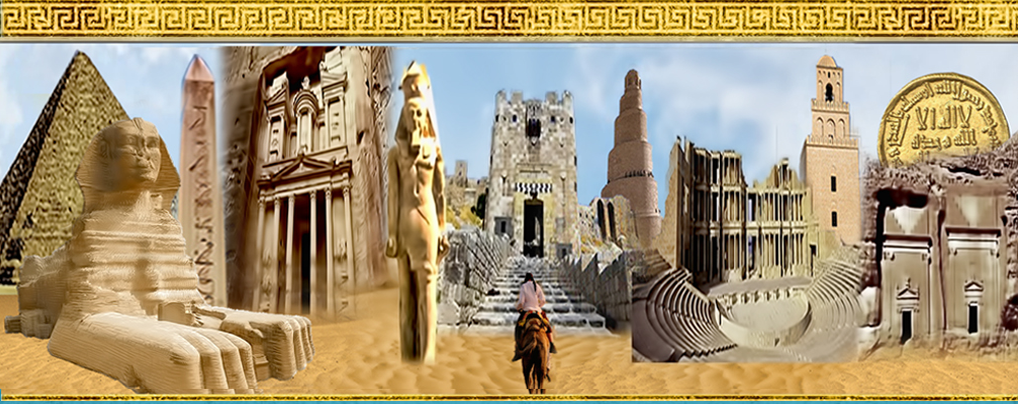Journal of the General Union of Arab Archaeologists

Abstract
(En) Swastika’ is an equilateral hooked cross, it is one of the symbols that became popular to several nations of different cultures since prehistoric times. This symbol was associated, or rather, became symbol for some religious beliefs and spiritual concepts in some ancient civilizations. It has been extensively transmitted among several nations. Such prevalence proves the popularity that hooked cross ‘Swastika’ had attained, however, this caused the difficulty in determining its place of origin. Some historical studies suggested India as ‘Swastika’s’ homeland by the end of the Bronze Age, since it was predominantly a religious symbol of Hindus, Jains, and Buddhists.The spread of Buddhism religion which held the hooked cross ‘swastika’ as a holy symbol, led to the emergence of swastika in China and Japan as symbol of prosperity. However, due to some evidences; others pointed out to Mesopotamia, land of the oldest known civilization on universe, which later became a cultural center extended from the Near East to Central Europe, and in Asia it had widespread and reached as far east as China. In addition, hooked cross had been contemporary to ancient Egyptian civilization. This had been assured by the discovery of a rock drawing in the western desert of Upper Egypt. In late historical times, precisely, the Byzantine empire, hooked cross was also in use. Furthermore, it was in use in the Coptic art as well. Hooked cross ‘Swastika’ continued to be used in ancient historical eras; contributed in their arts, and till the modern era. In addition, the widespread of ‘Swastika’ resulted in being associated with several terms; Gammadion cross or Crux Gammata, Hakenkreuz, Fylfot (fower foot), Wan in china, Manji in Japan, Tau cross, and Thor’s hammer. In addition, each society used Swastika in a distinct fashion; it sometimes symbolized the Sun, good fortune, fertility, religious beliefs, etc. Through this stretched history, hooked cross’s symbolism had radically changed, especially in the 1st half of the 20th century A.D, after being chosen as symbol for the blossoming Nazi party founded by Adolf Hitler in Germany. Since then, the ‘Swastika’ had been effectively detached from its past, Germanized and reinvented as a symbol of German purity and supremacy. This paper enclosed a briefed history of the hooked cross ‘Swastika’ since its emergence, with stating the diverse thoughts of its place of origin. This is succeeded by the symbolism of the hooked cross ‘Swastika’ and the changes happened lately. The final point is the outline of applying hooked cross ‘Swastika’ in Islamic Art, this is supplemented by some chosen Applied artefacts demonstrating this.
Recommended Citation
Zidan, Dr.Boussy
(2020)
"THE CONCEPT AND UTILIZATION OF SWASTIKA ‘HOOKED CROSS’ ON ISLAMIC ARTEFACTS,"
Journal of the General Union of Arab Archaeologists: Vol. 5:
Iss.
1, Article 2.
Available at:
https://digitalcommons.aaru.edu.jo/jguaa/vol5/iss1/2

